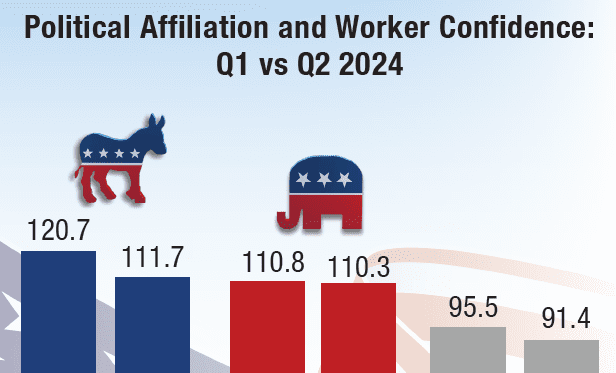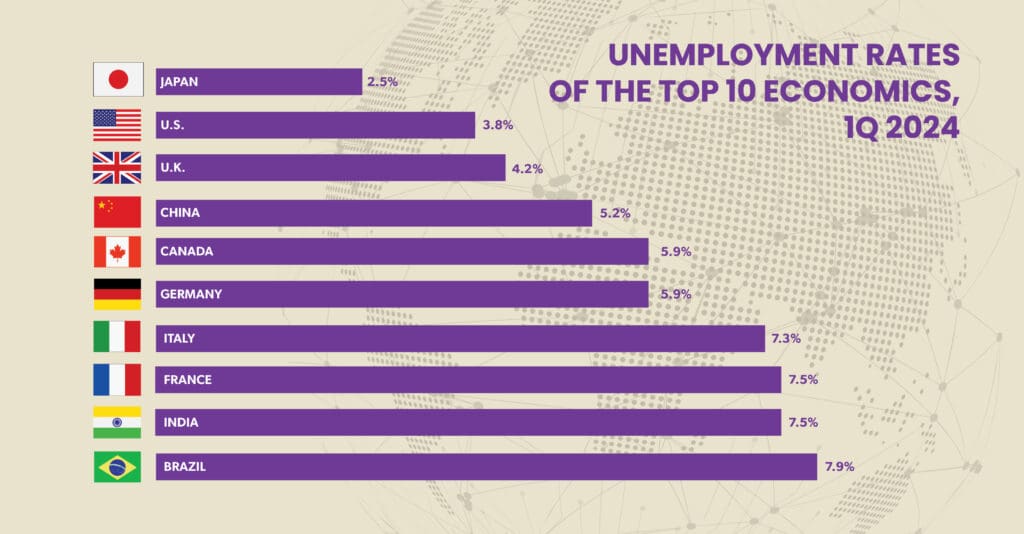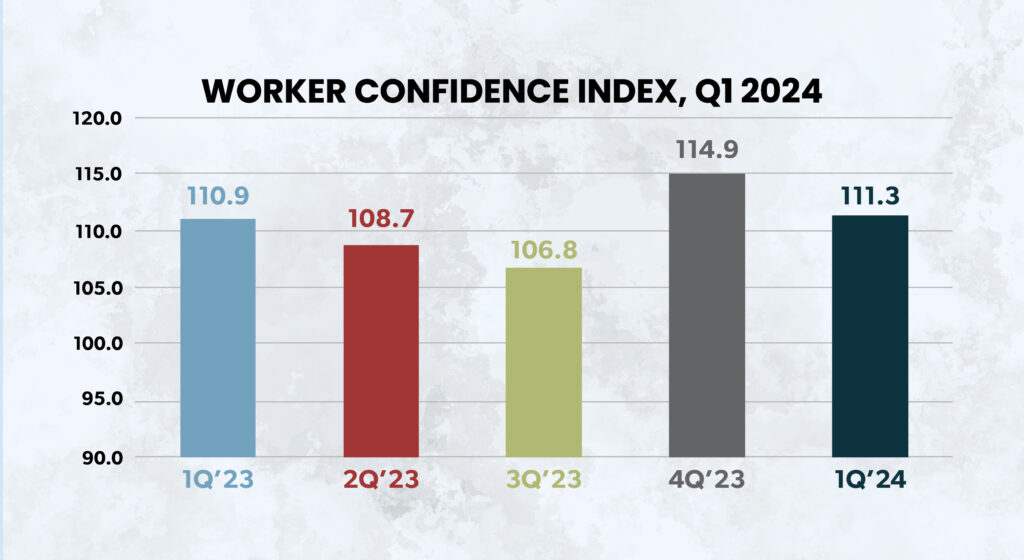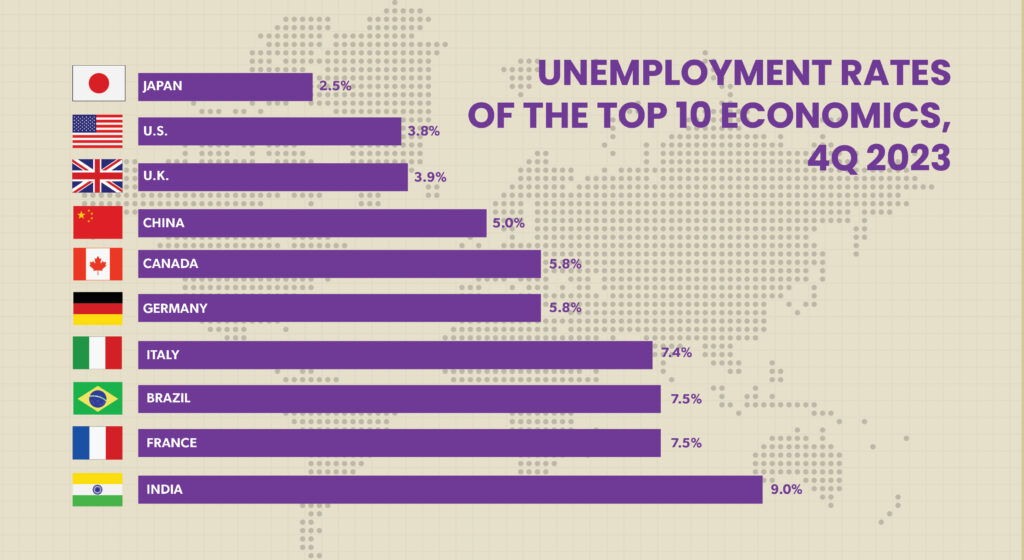The term “gig economy” refers to recent developments in on-demand hiring, especially in the consumer space. “On-demand” technology (usually mobile) matches consumers with independent workers (also referred to as freelancers or gig workers) to address an immediate need. The on-demand provider supplies the technology and facilitates the financial transaction. Uber, Lyft and TaskRabbit are some of the best-known examples of on-demand providers practicing in the gig economy today.
Here is how the transaction model works: The consumer sends out a notice they would like to purchase services, and a gig worker offers an immediate reply. The consumer then selects a gig worker to perform the service. This environment benefits the consumer by greatly increasing access to services and offers immediate opportunity to complete their tasks.
Like consumers, companies are seeking to adapt and apply this transaction model to the business-to-business (B2B) space. They want broader, faster access to talent than offered by traditional contingent-labor staffing. It is a model and a technology in the B2B space with a lot of promise. Many business executives are excited by the opportunities, although they are concerned about the risks associated with consumer “gig” business models. Most important, the technology and the “gig” model are still nascent, creating a competitive advantage to companies that can most quickly master this new space. This white paper provides a high-level overview of the gig economy and explores the benefits and risks for companies and gig workers. Finally, we examine what to look for when selecting on-demand providers.














